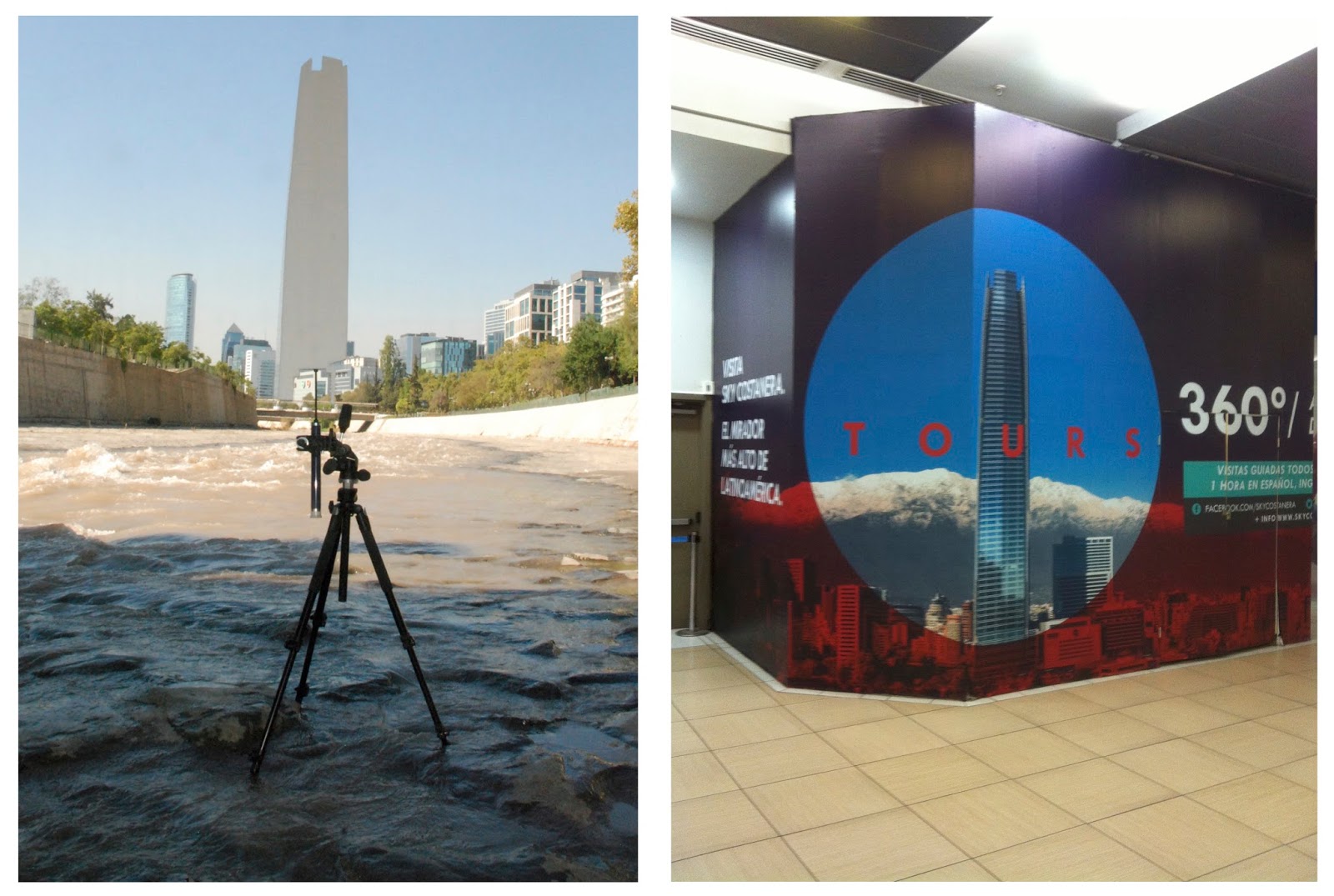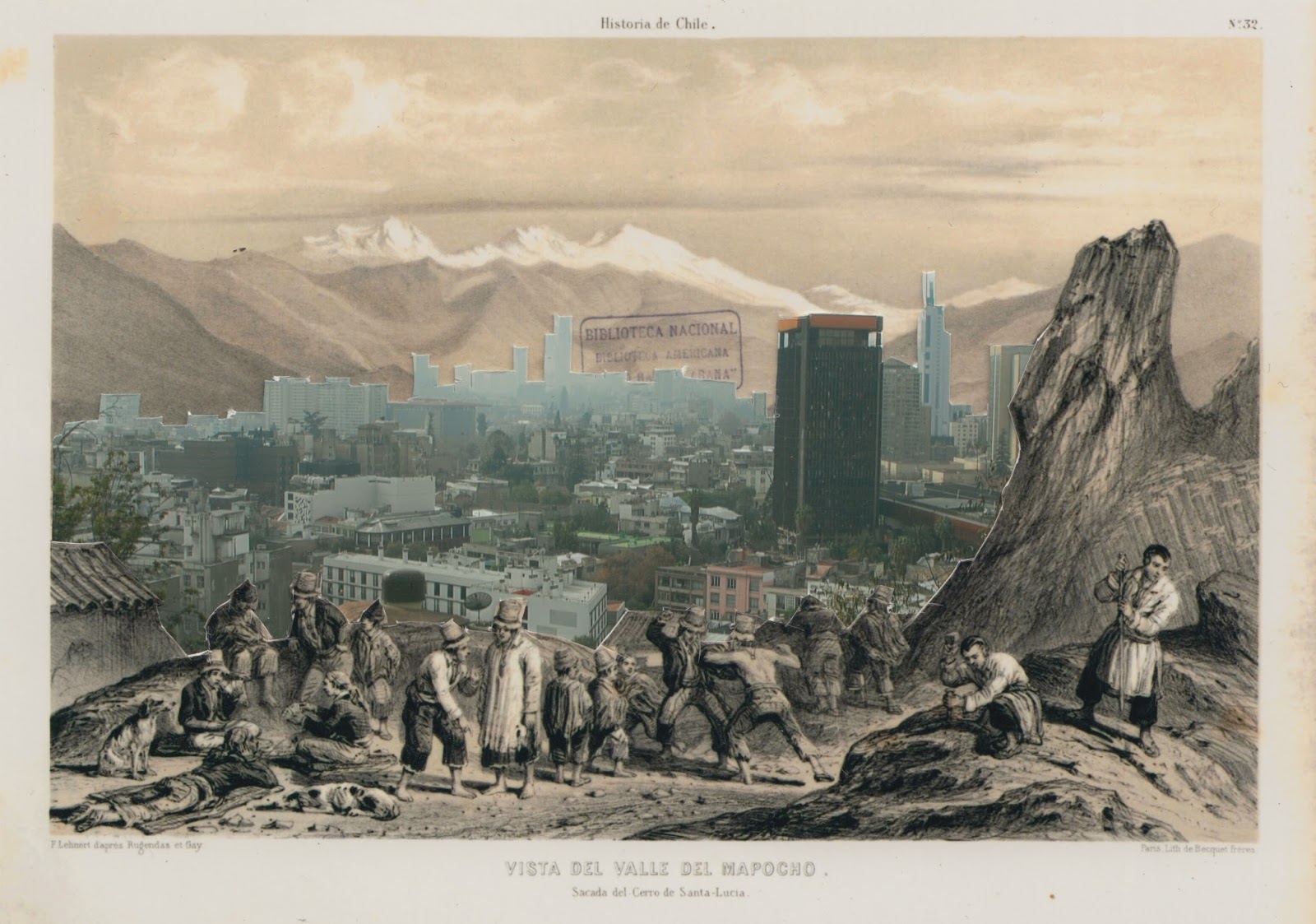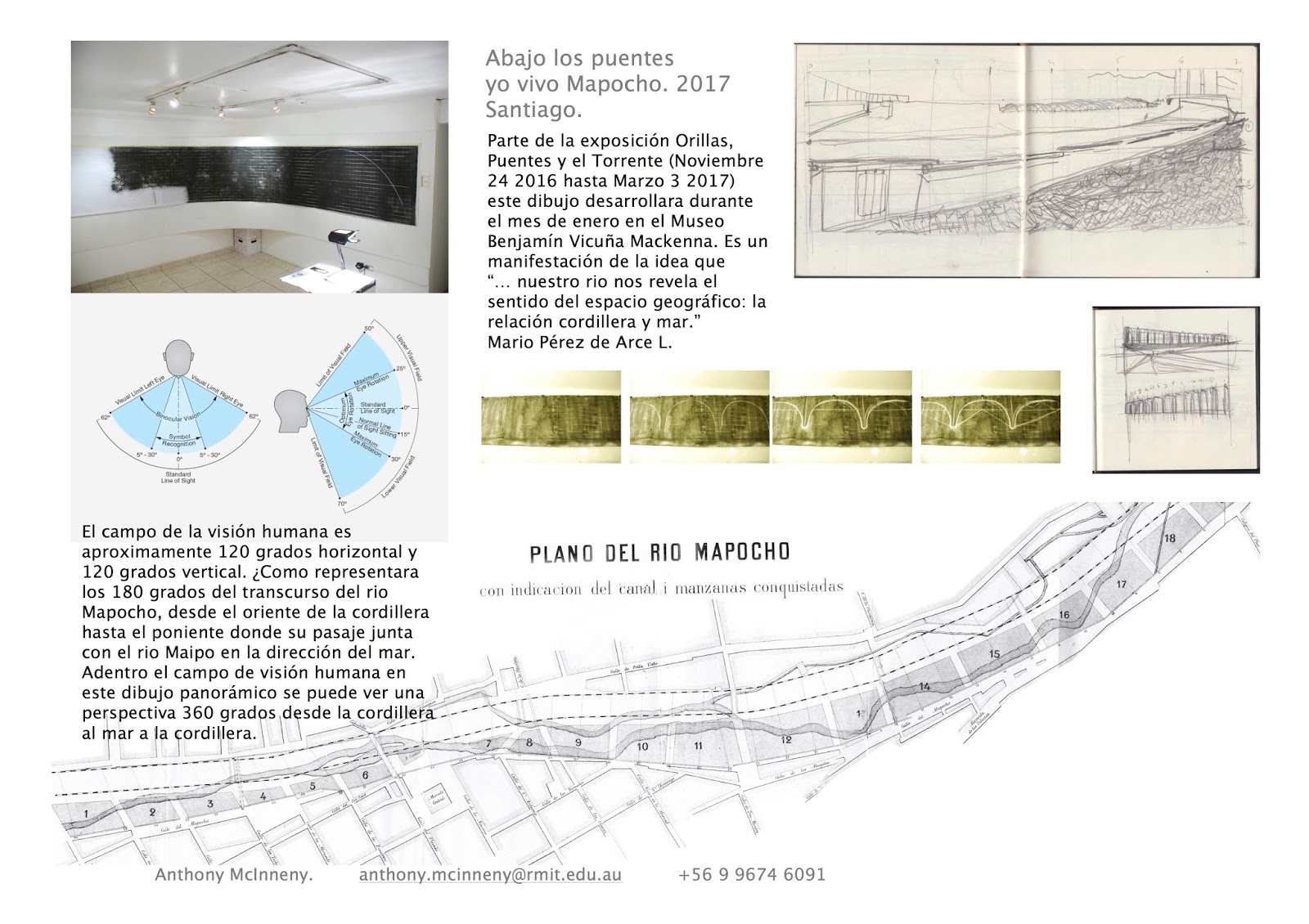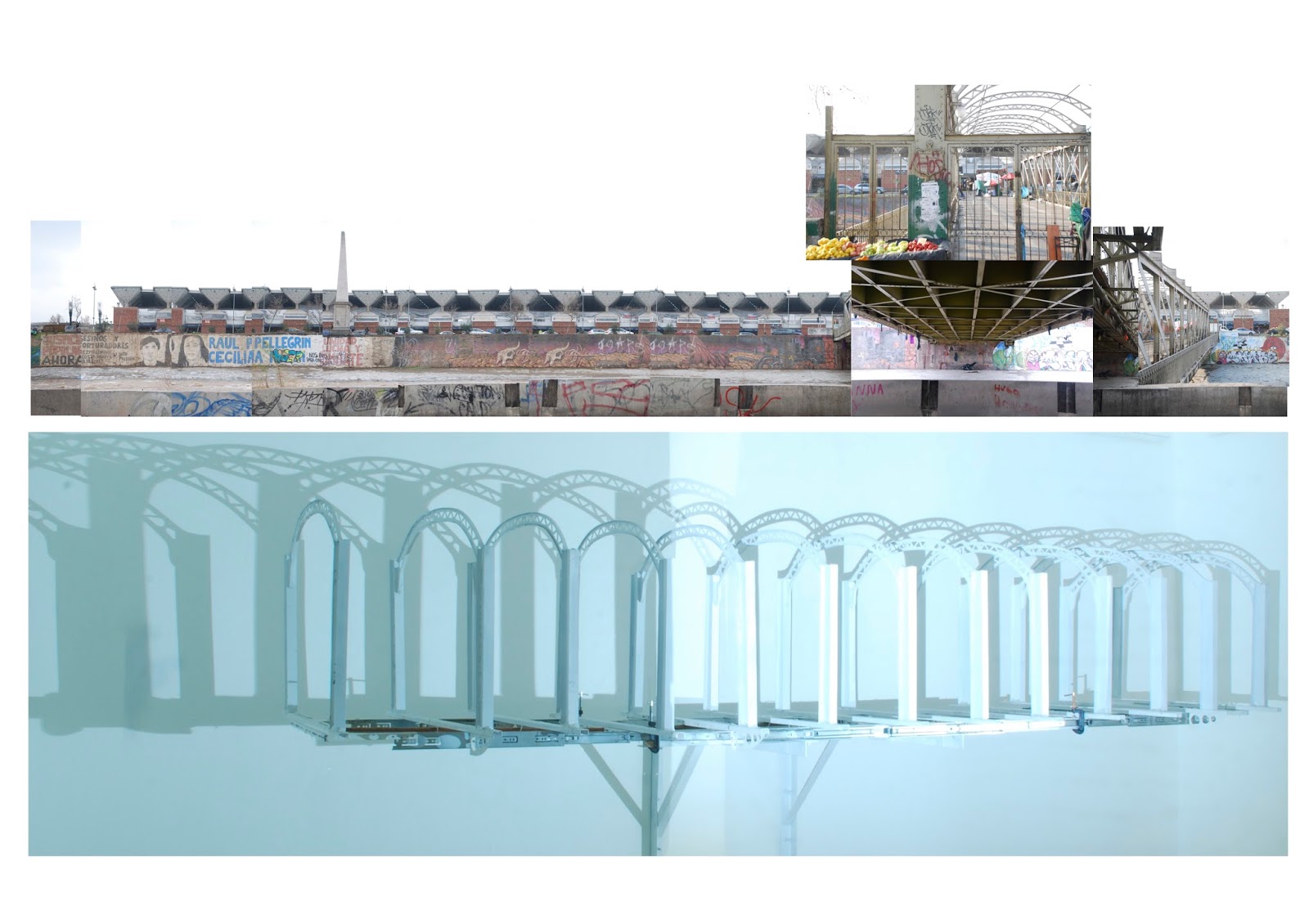Visita río Mapocho

A walk in the causeway of the Mapocho River was offered as part of the extension program for the exhibition Orillas, Puentes y el Torrente. This walk was planned to enter the causeway from the only entrance that is accessible 24/7 365 days of the year. In this sense it is the only point at which the Mapocho River as such becomes a public space. However, on the same day, that was planned three months earlier, the body of a murdered woman was found just 100 metres from the entrance point and the police used this to enter the crime scene. Our walk continued in the opposite direction towards where the Canal San Carlos enters the Mapocho River. Canal San Carlos was an earlier canalisation project that supplied sufficient water for the growing cities needs. In combination with the canalisation of the Mapocho it turns the flow into a mostly muddy torrent.




